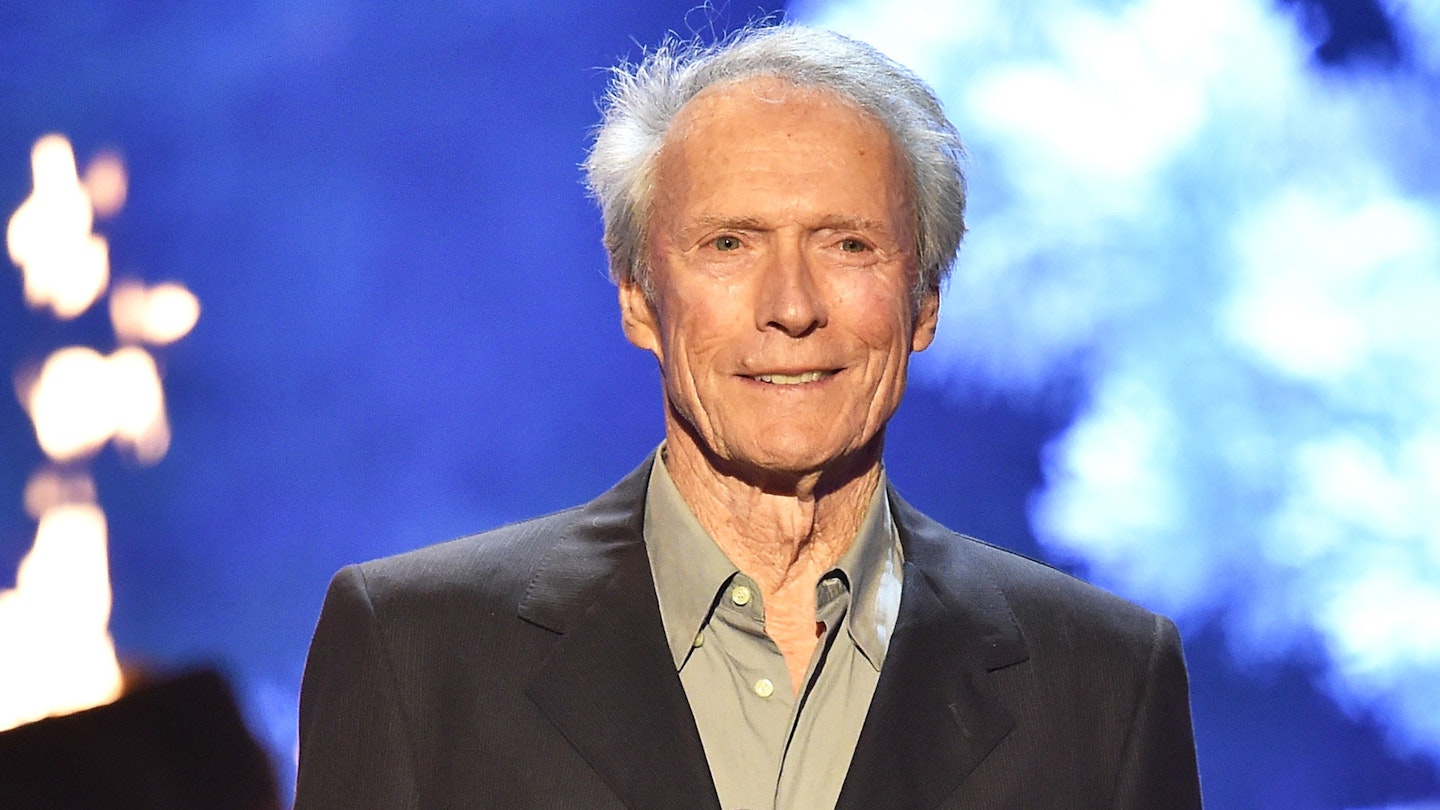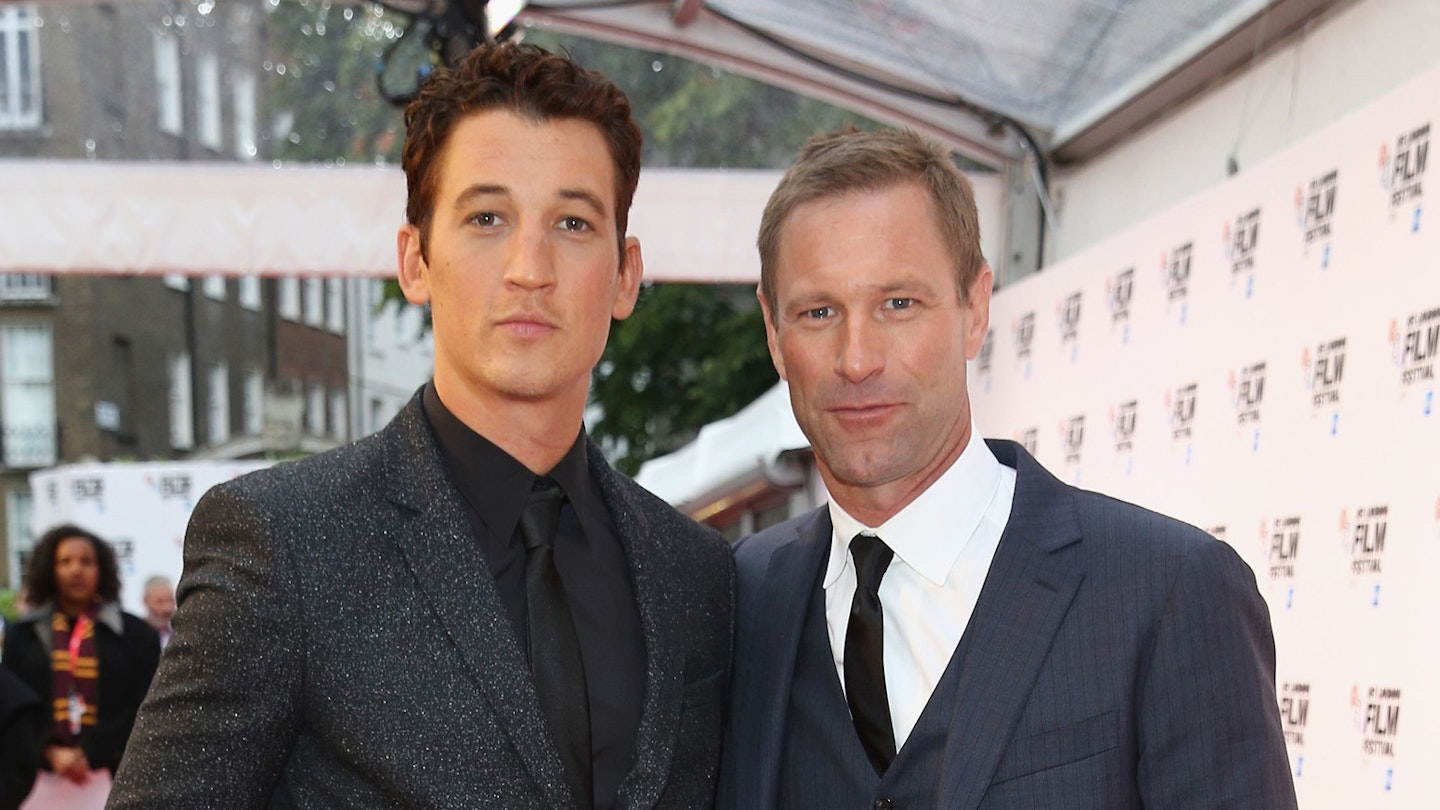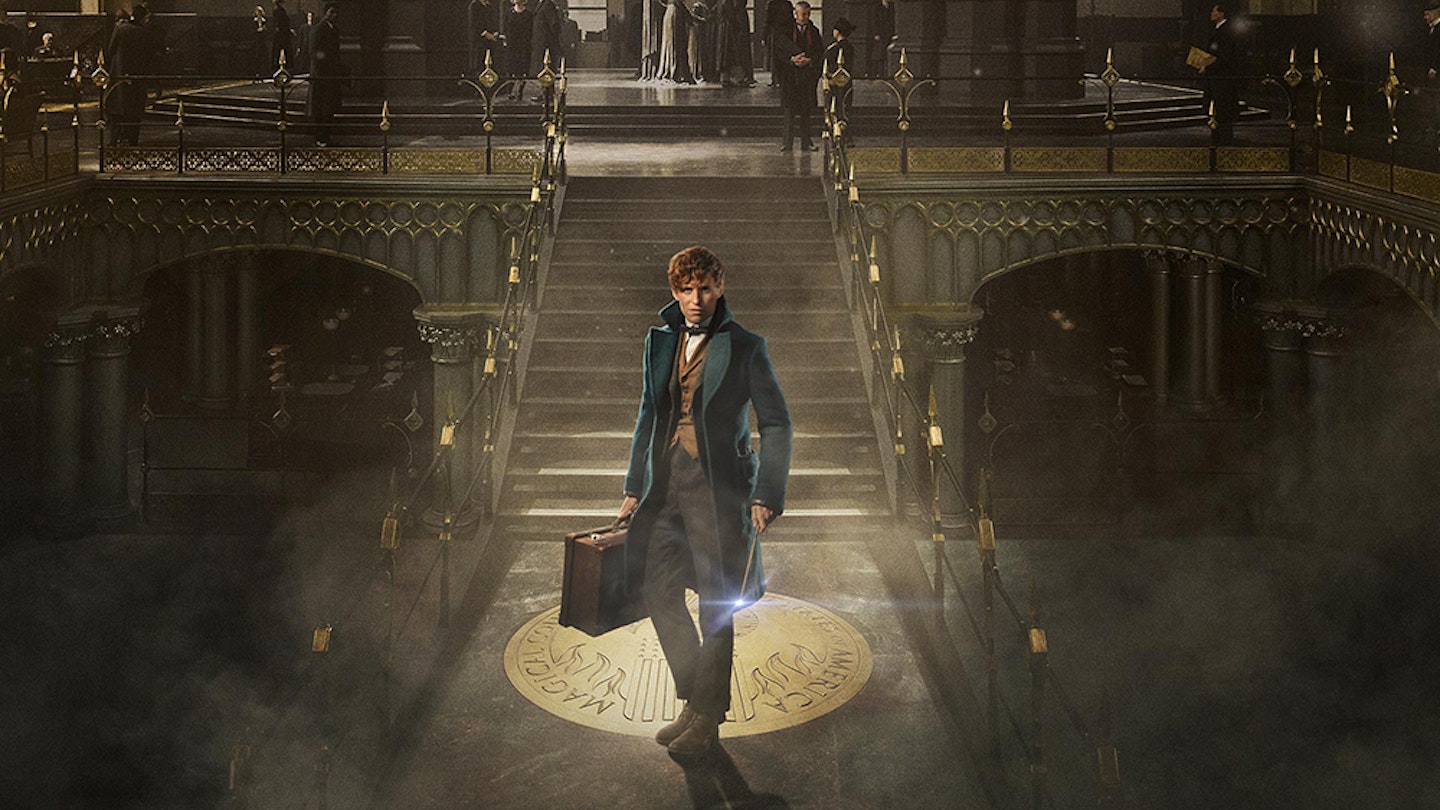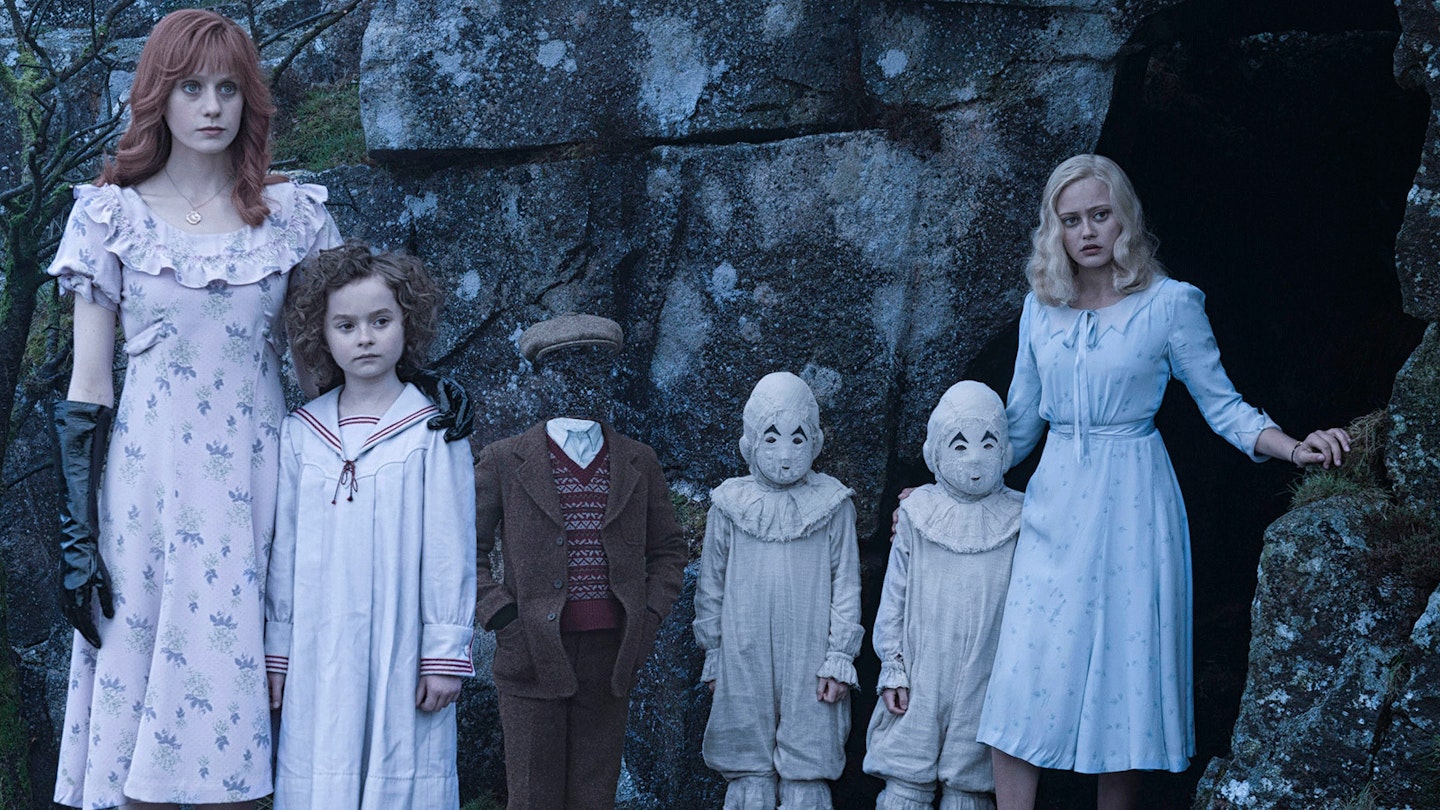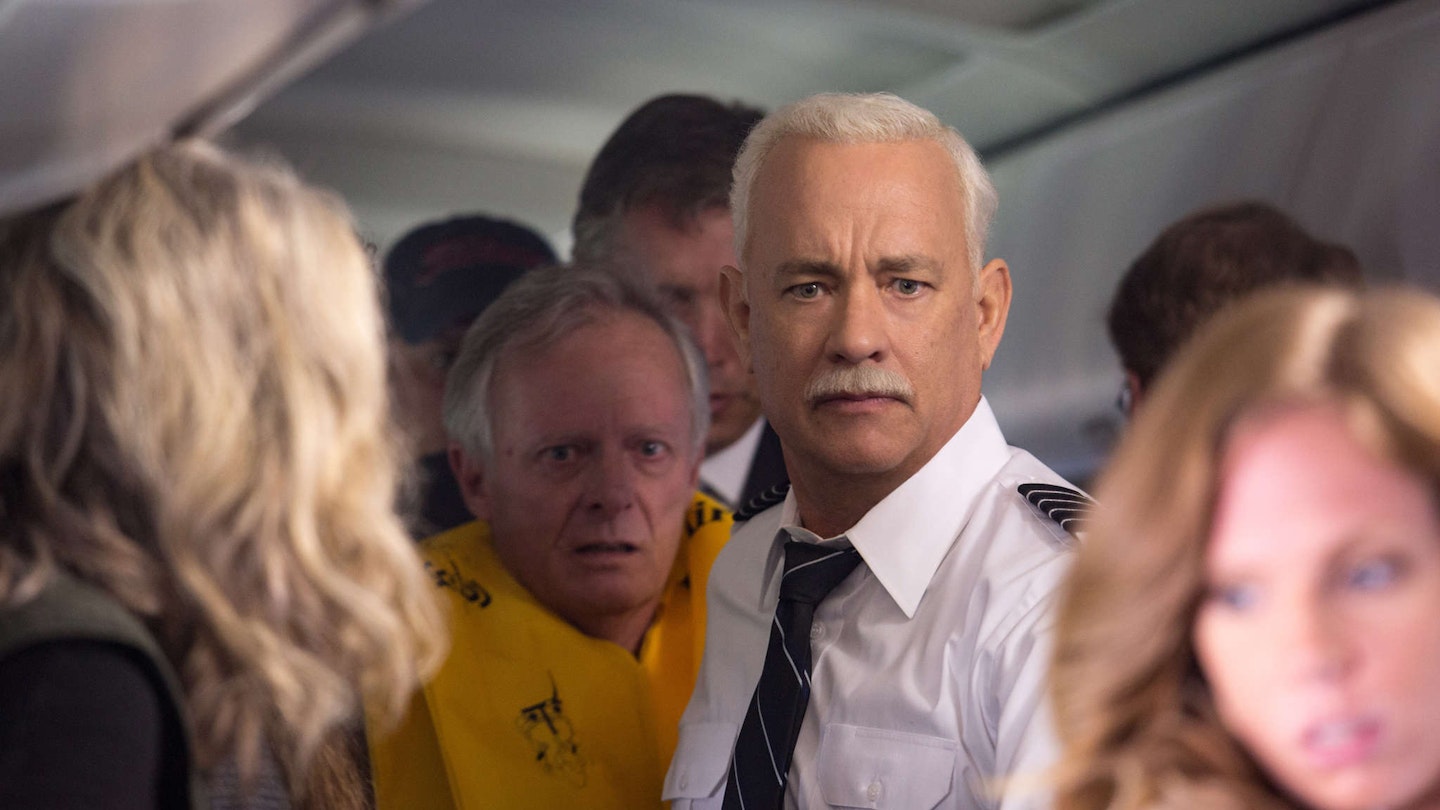Every few years, somebody will make the argument that movie stars have become redundant, because it’s brands and spectacle that sell now. While it’s true you no longer need a big name above the title as long as you have a superhero’s name in the title, there are still times when only a movie star will do. Sully: Miracle On The Hudson is one such time. And the only movie star who will do for it is Tom Hanks. Give his role to an actor without his great reserves of charisma and cosy natural warmth and you’ve got a rather pedestrian true-life procedural drama. Add Hanks and you’ve got an extra layer of human frailty, a flash of steel, a touch of Mr. Smith Goes To Washington-esque facing down the establishment and over $100 million at the US box office.
For goodness’ sake, don’t watch it on a plane.
The film opens with a scene that is at best confronting, at worst exploitative and unearned. A plane, piloted by Captain Chesley ‘Sully’ Sullenberger (Hanks), gets into difficulty over New York and goes down in flames in the city’s streets. That didn’t happen — it’s a dream sequence, from which Sully wakes sweating — but director Clint Eastwood is asking his audience to remember 9/11 and suggesting this could have been similar. This is maybe a step too far into territory that should only be touched with very sure feet.
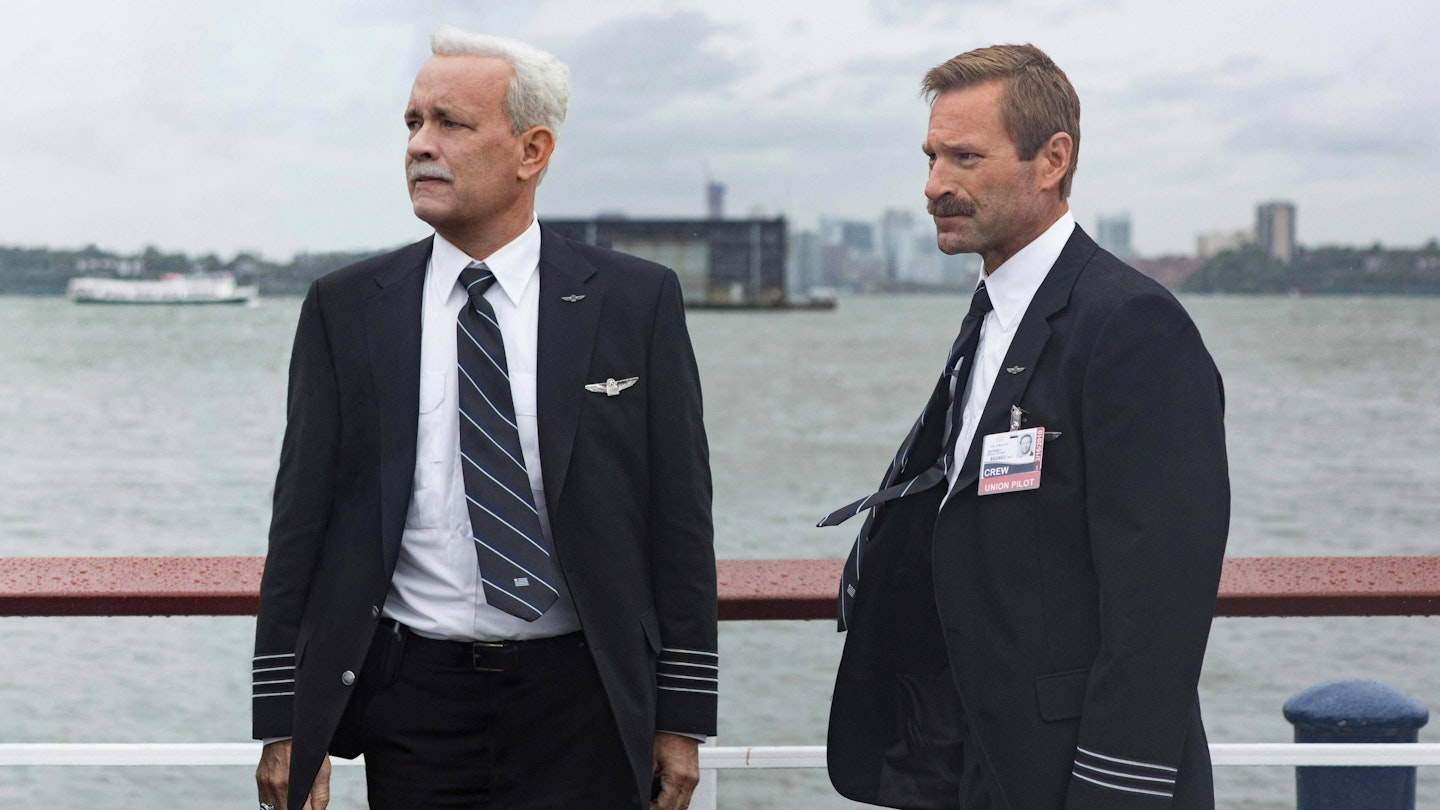
What actually happened was that on 15 January 2009, Sullenberger, a pilot with three decades of experience, was flying a plane out of New York’s LaGuardia airport. Barely off the ground, he flew into a flock of birds, which were sucked into both engines, destroying them. With no power, he had the choice to glide into one of two nearby airports, potentially crashing into Manhattan, or to land in the Hudson River, which risked killing everyone on board. He chose the latter. Astonishingly, everyone on board survived. Sully was hailed a hero. The movie has it he was then investigated by the National Transportation Safety Board, who were determined he had acted recklessly.
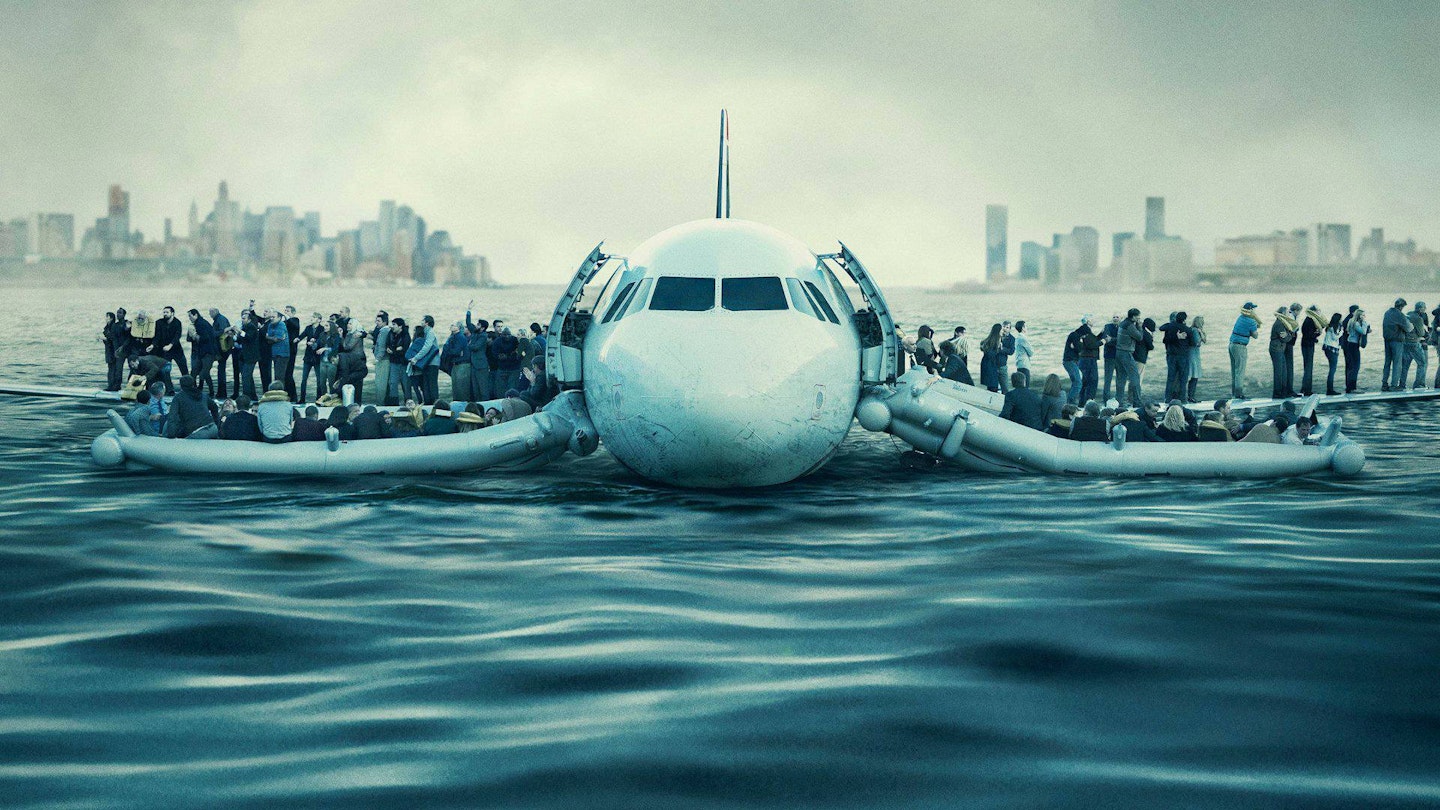
It’s at this point that the film’s premise becomes confused. You have Hank’s Sullenberger, a man who has no desire to be famous, just wants to do his job and isn’t prepared for the role of hero. Hanks plays this journey beautifully, his words saying little but his face conveying the struggle of someone who believes he did the right thing, but wonders if, just maybe, he didn’t and isn’t worth this adoration. This, however, doesn’t present much tension — everyone survived, so how can any outcome make Sully the bad guy? — so Eastwood tries to amp up the drama with safety investigators manipulating facts to discredit him and the media making his life unbearable by trying to celebrate him. While the investigation actually happened, it doesn’t convince that he would immediately be treated with suspicion.
With nowhere obvious for the story to go, Eastwood keeps circling back to recreating the events of the crash, which are so well put together they may induce motion-sickness. In fact, these few minutes between engine failure and crash hold the entirety of Sullenberger’s story. He’s an ordinary man who was briefly extraordinary. That leaves much of the film grounded, but it still has a much better than ordinary performance from Hanks to lift it.
.jpg?ar=16%3A9&fit=crop&crop=top&auto=format&w=1440&q=80)
